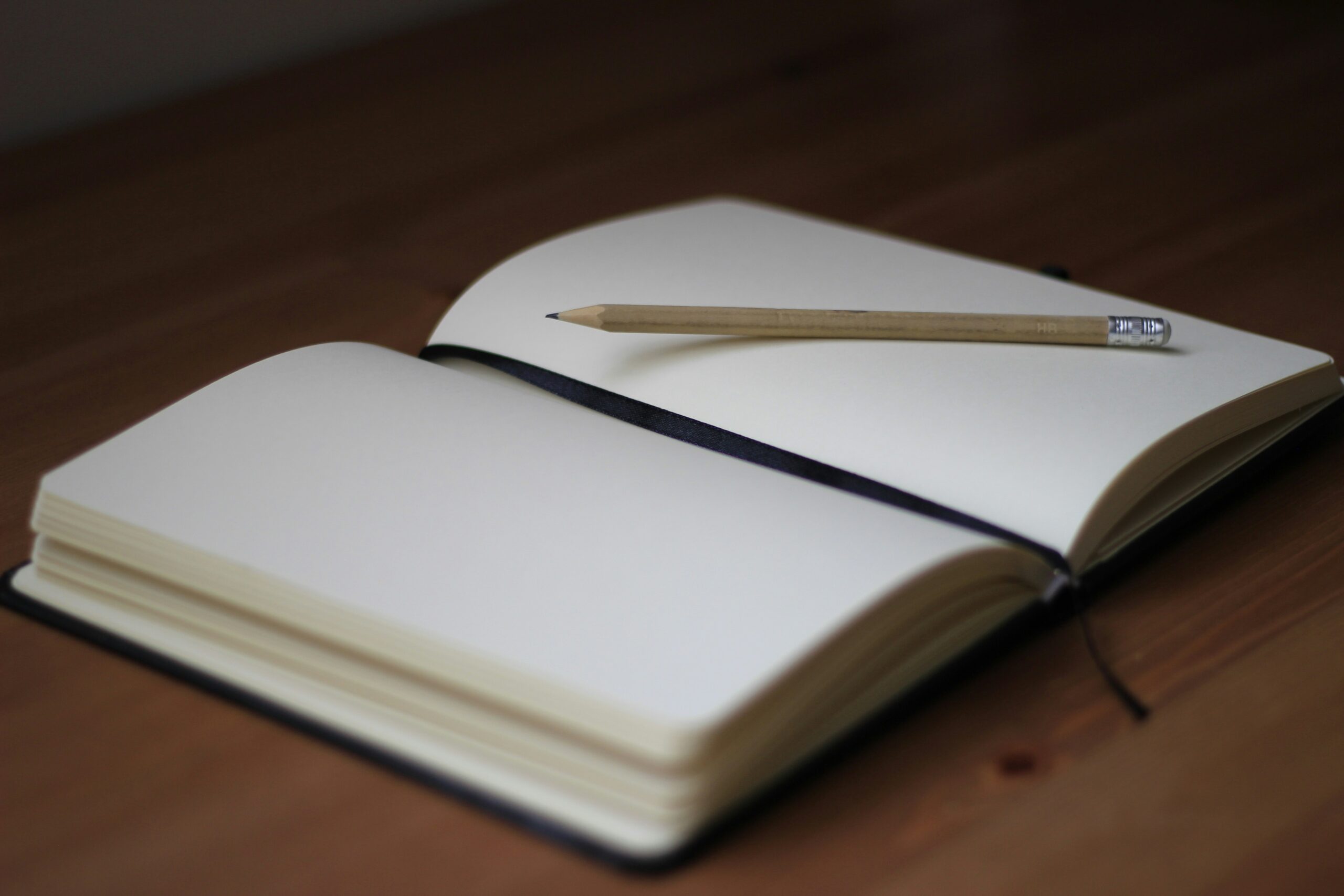In a world that prioritizes action and results, reflection is often overlooked. Yet, it is one of the most powerful tools for personal and professional growth. Taking time to pause, assess, and learn from our experiences allows us to uncover patterns, celebrate progress, and identify areas for improvement. Reflection isn’t just about looking back—it’s about using the insights gained to move forward with intention and clarity. Here’s why reflection is essential for growth and how you can make it a habit in your daily life.
The Power of Reflection for Growth
Reflection acts as a bridge between experience and learning. Without it, we risk repeating mistakes or missing opportunities for self-improvement. Here’s how it drives growth:
Brings Awareness to Your Journey
Reflection allows you to evaluate where you are, how far you’ve come, and what still lies ahead. It fosters self-awareness, helping you understand your strengths, weaknesses, and values.
Transforms Mistakes into Lessons
Challenges and setbacks are inevitable, but reflection turns them into valuable learning opportunities. By analyzing what went wrong and why, you can make better decisions in the future.
Enhances Goal Alignment
Regular reflection ensures that your actions align with your long-term goals and values. It helps you stay focused on what truly matters and adjust your path as needed.
Boosts Confidence
Taking time to recognize your progress and celebrate small wins builds confidence. It reminds you of your resilience and capacity to grow.
How to Make Reflection a Habit
Building a habit of reflection doesn’t require hours of introspection. Here are practical ways to integrate reflection into your routine:
1. Schedule Dedicated Time
Set aside a specific time each day or week for reflection. This could be at the end of your workday, during a quiet morning moment, or as part of your Sunday reset. Consistency is key to making reflection a habit.
Example: Spend 10 minutes each evening reviewing your day. Ask yourself, “What went well? What could I improve? What did I learn?”
2. Use a Journal as Your Reflection Tool
Writing down your thoughts can make the reflection process more intentional. Journaling helps you organize your ideas, track your progress, and identify recurring patterns over time.
Try This: Use a Morning Journal to reflect on your daily goals and a Minimal Planner to review what you accomplished at the end of the day. Structured prompts, such as “What challenges did I face today?” or “What am I grateful for?” can guide your writing.
3. Reflect on Specific Areas
Reflection doesn’t have to cover every aspect of your life at once. Focus on specific areas, such as work, relationships, or personal growth, to gain deeper insights.
Focus Areas for Reflection:
- Work: What did I achieve this week? Where can I improve?
- Personal Growth: How have I grown over the past month? What habits are serving me well?
- Relationships: Have I been present and supportive in my interactions with others?
4. Practice Gratitude Reflection
Gratitude is a powerful form of reflection that shifts your focus from what’s lacking to what’s abundant. By reflecting on the positive aspects of your life, you cultivate a mindset of appreciation and contentment.
Gratitude Habit: At the end of each day, write down three things you’re grateful for. Over time, you’ll develop a greater sense of fulfillment and perspective.
5. Ask Powerful Questions
The quality of your reflection depends on the questions you ask yourself. Thought-provoking questions encourage deeper insights and foster meaningful growth.
Examples of Reflective Questions:
- What did I learn about myself today?
- How did I handle challenges this week?
- What can I do differently moving forward?
- How have I contributed to my goals or values recently?
6. Use Reflection to Set Intentions
Reflection isn’t just about looking back—it’s also about planning ahead. Use the insights gained from reflection to set intentions for the next day, week, or month.
Example Practice: At the end of each week, reflect on what you’ve accomplished and identify one area to focus on for the following week.
7. Create a Reflective Environment
Your surroundings can influence the quality of your reflection. Choose a quiet, comfortable space where you can think without distractions. Incorporate calming elements, such as soft lighting, a journal, or even a warm drink.
Overcoming Barriers to Reflection
If you struggle to make time for reflection or feel unsure where to start, here are some tips to help you overcome common obstacles:
Barrier: “I’m too busy to reflect.”
Solution: Start small. Even 5 minutes of reflection can make a difference. Build from there as it becomes a habit.
Barrier: “I don’t know what to reflect on.”
Solution: Use prompts or focus on one specific area of your life. Over time, the process will feel more natural.
Barrier: “I feel stuck when I try to reflect.”
Solution: Use tools like guided journals or apps to provide structure. Alternatively, talk through your thoughts with a trusted friend or mentor.
The Long-Term Benefits of Reflection
When practiced consistently, reflection leads to transformative growth. It strengthens your self-awareness, enhances decision-making, and helps you navigate life with greater confidence and clarity. Over time, reflection becomes not just a habit, but a cornerstone of intentional living.
Start Your Reflection Journey Today
You don’t need to wait for the perfect moment to begin reflecting—start now. Whether it’s a quick note in your journal, a quiet moment of gratitude, or a deep dive into your long-term goals, each step brings you closer to a more mindful and fulfilling life. Remember, growth isn’t about rushing forward; it’s about pausing, learning, and intentionally moving in the right direction. So, take a deep breath, grab your journal, and begin your journey of reflection today.
